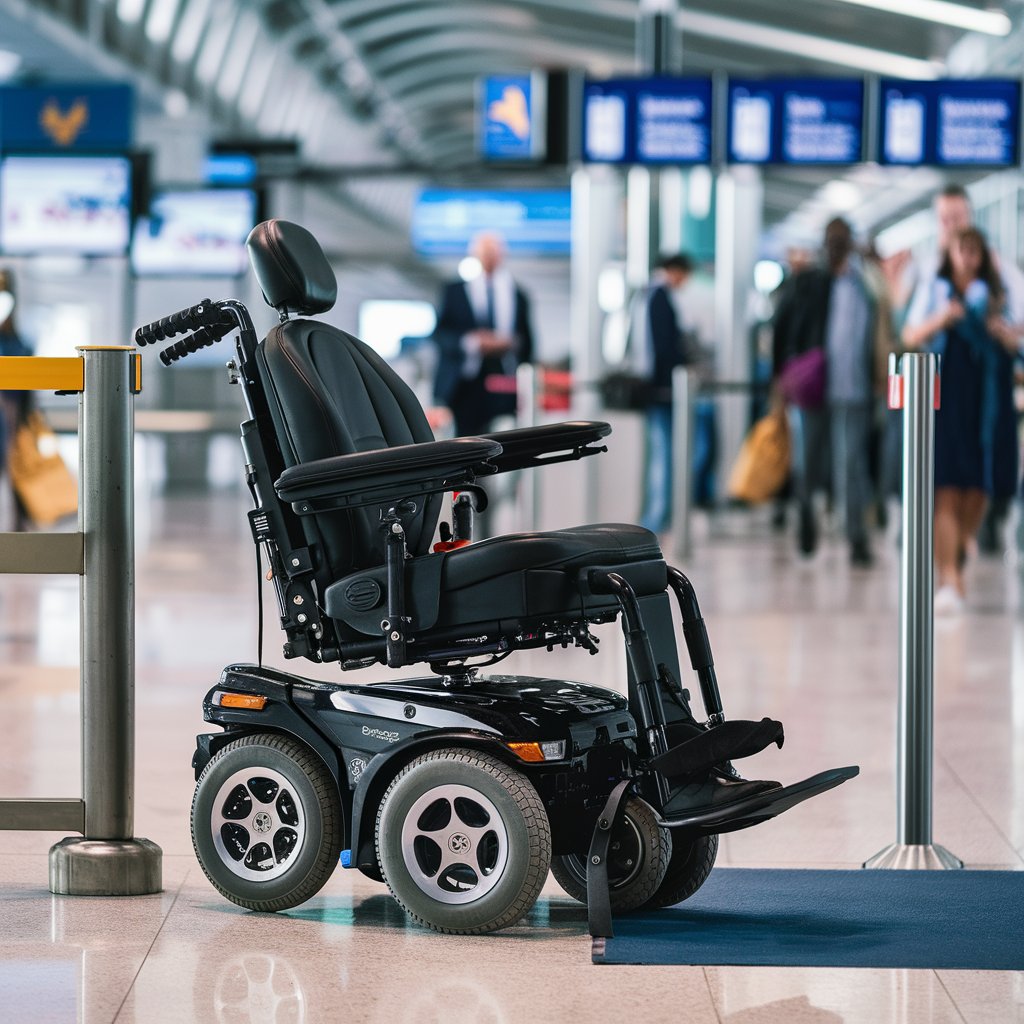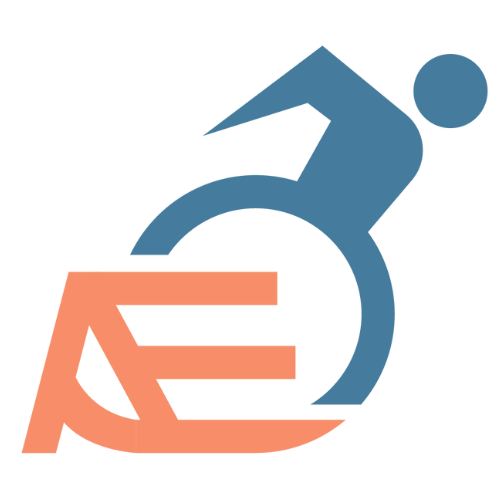Traveling with a power wheelchair can indeed pose numerous challenges for individuals with physical disabilities. The fear of potential damage during transit looms large, especially given the not so uncommon occurrence of airlines mishandling wheelchairs of any kind, whether manual or powered. However, armed with knowledge and preparation, it’s possible to navigate these challenges and ensure a safe and seamless journey.
Understanding Airline Policies

Before takeoff, it’s essential to understand the specific wheelchair handling and storage policies of the airline you’ve chosen. Different airlines may have varying guidelines and regulations regarding the transportation of mobility devices like power wheelchairs. Researching these guidelines arms you with crucial information regarding what components of your wheelchair you can bring aboard and any weight restrictions for storage. Here are a few general policies:
- Most airlines provide detailed information on their websites regarding wheelchair transport policies. They allow passengers to travel with powered wheelchairs, mobility scooters, and other mobility aids.
- Passengers are encouraged to notify the airline at least 24-48 hours in advance of their travel date to ensure appropriate accommodations and assistance.
- Most airlines provide assistance with wheelchair transfer at the airport and during the boarding process.
- Batteries for power wheelchairs must be securely attached, and terminals must be disconnected and insulated to prevent short-circuiting or accidental activation during transit.
The Federal Aviation Administration (FAA)
- regulates air travel and sets safety standards for the transportation of mobility devices, including power wheelchairs.
- mandates that airlines must not discriminate against passengers with disabilities and must provide reasonable accommodations for their travel needs
Additionally, the Air Carrier Access Act (ACAA) prohibits airlines from charging extra fees for transporting mobility devices like power wheelchairs.
By familiarizing yourself with the specific policies of airlines, as well as regulations set forth by the FAA, you can ensure a smoother travel experience with your power wheelchair. Remember to communicate your needs to the airline in advance and follow their guidelines to minimize any potential challenges during your journey.
Boarding Procedures for Power Wheelchair Travelers

Boarding a plane when traveling with a powered wheelchair requires careful coordination and communication with airline staff. Understanding the typical procedures can help ensure a smooth and stress-free boarding experience for individuals with mobility challenges.
- Pre-Boarding
- Arrive at the airport well in advance of your flight to allow ample time for check-in and security screening.
- Inform airline personnel of your wheelchair needs at the check-in counter, and request pre-boarding assistance if necessary.
- Ensure that your wheelchair is properly tagged and labeled with your name and contact information for identification during transit.
- Assistance and Accommodations
- Upon arrival at the gate, approach the airline staff and request assistance for boarding.
- Airlines typically provide priority boarding for passengers with disabilities, allowing them to board before other passengers.
- Inform the flight attendants of any specific assistance or accommodations you may require during boarding, such as assistance with transferring to an aisle chair or accessing your assigned seat.
- Secure Boarding of Wheelchair
- Once onboard the aircraft, airline staff will assist with securing your wheelchair in the designated storage area.
- Follow the instructions provided by the flight attendants and ensure that your wheelchair is properly positioned and secured for takeoff.
- If necessary, provide additional guidance to airline staff on how to handle your wheelchair to prevent damage during loading and unloading.
- Communication During Flight
- Maintain open communication with the flight attendants throughout the flight regarding any assistance or accommodations you may need.
- If you require access to your wheelchair during the flight, inform the flight attendants in advance so they can assist you in retrieving it from storage.
- Be prepared to follow any safety instructions provided by the flight crew, including procedures for transferring to an aisle chair or using the onboard lavatory.
- Disembarkation Procedures
- Upon arrival at your destination, remain seated until the other passengers have disembarked the aircraft.
- Airline staff will assist with retrieving your wheelchair from storage and ensuring its safe transfer back to you.
- Take the time to inspect your wheelchair for any signs of damage before leaving the aircraft, and notify airline staff immediately if you identify any issues.
Ensuring Safe Storage

Familiarizing yourself with the specific characteristics of your wheelchair is essential. Knowing how to switch it into manual mode and understanding which components are vital for its operation will facilitate communication with airline staff and help address any issues that may arise during the flight.
Here are a few proactive tips to follow:
- Protect vulnerable components of the wheelchair, like the battery terminals, joystick, and other sensitive parts. Consider labeling these components.
- Secure loose parts or detachable accessories to prevent them from getting lost or damaged.
- Consider carrying critical components of your wheelchair, like the seat cushion, into the cabin with you.
- Provide detailed instructions on how to safely break down your wheelchair for storage. This ensures that airline personnel will handle your wheelchair with care and reduces the risk of damage during transit.
Documenting for Protection

In the unfortunate event that your wheelchair sustains damage during transit, having photographic evidence of its condition before boarding can be invaluable. This documentation can support any claims for compensation or repairs that may be necessary due to mishandling by airline personnel. Consider the following:
- Before your flight, take photos or videos of your power wheelchair from various angles to document its condition.
- Keep a copy of your wheelchair’s serial number, model, and any relevant documentation in case you need to file a damage claim with the airline.
- If your wheelchair sustains any damage during transit, report it to airline staff immediately and document the damage with photos or written descriptions.
By adhering to these proactive measures and arming yourself with essential knowledge about your power wheelchair, individuals traveling with power wheelchairs can enhance their safety and peace of mind during air travel. While challenges may persist, thorough preparation and advocacy can significantly improve the travel experience for people with disabilities. Remember to plan ahead, advocate for yourself, and seek assistance when needed to make your journey as stress-free as possible.







0 Comments